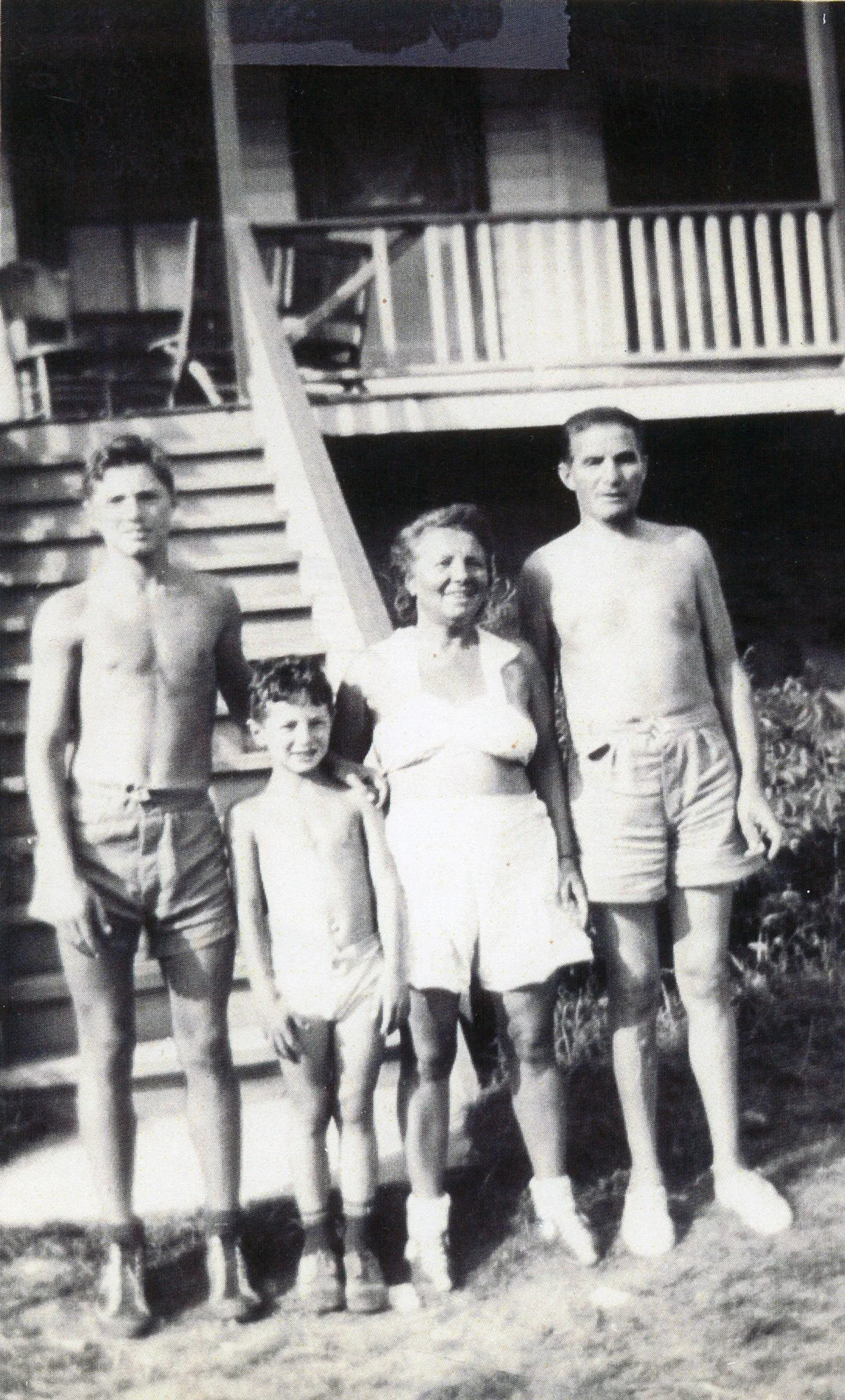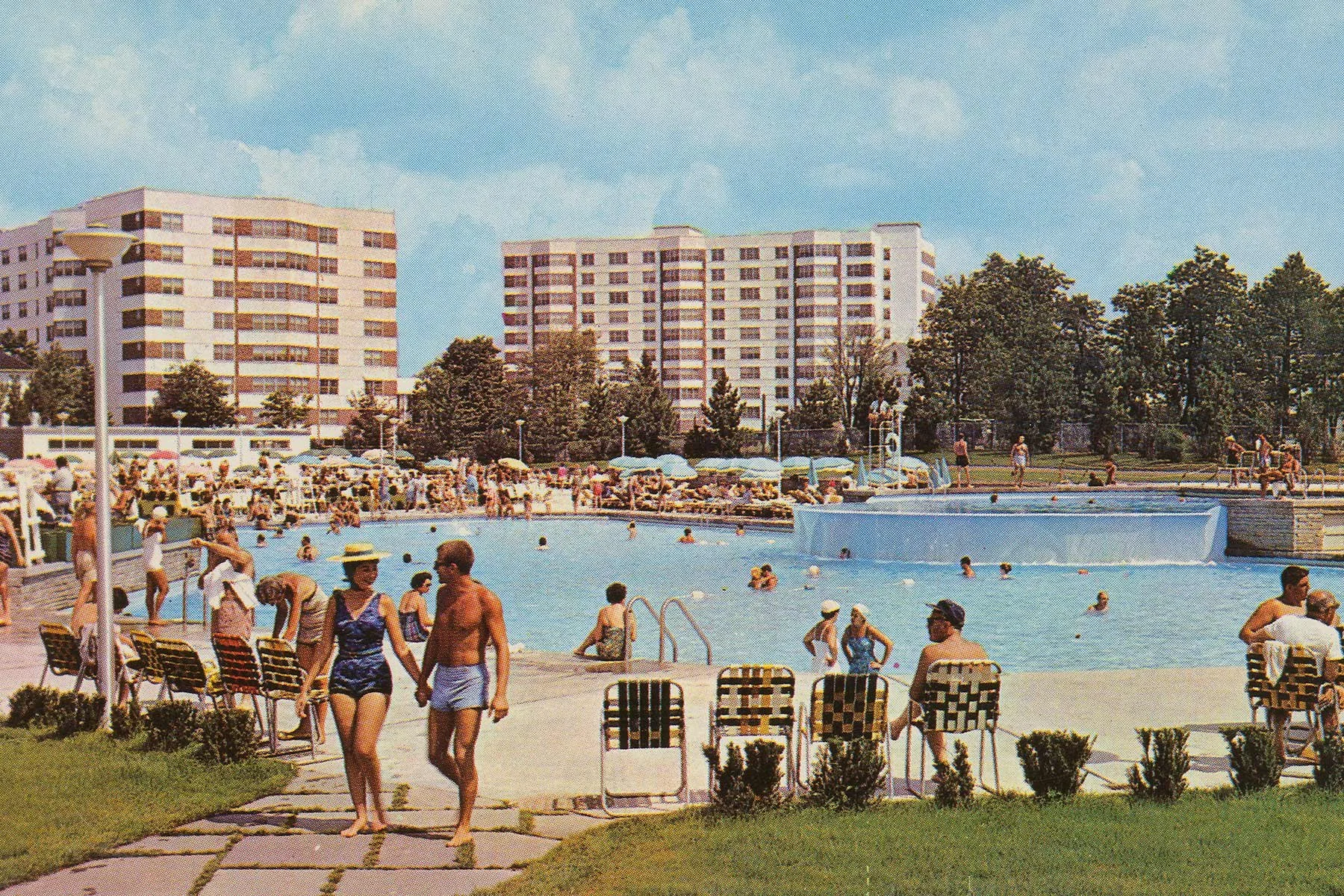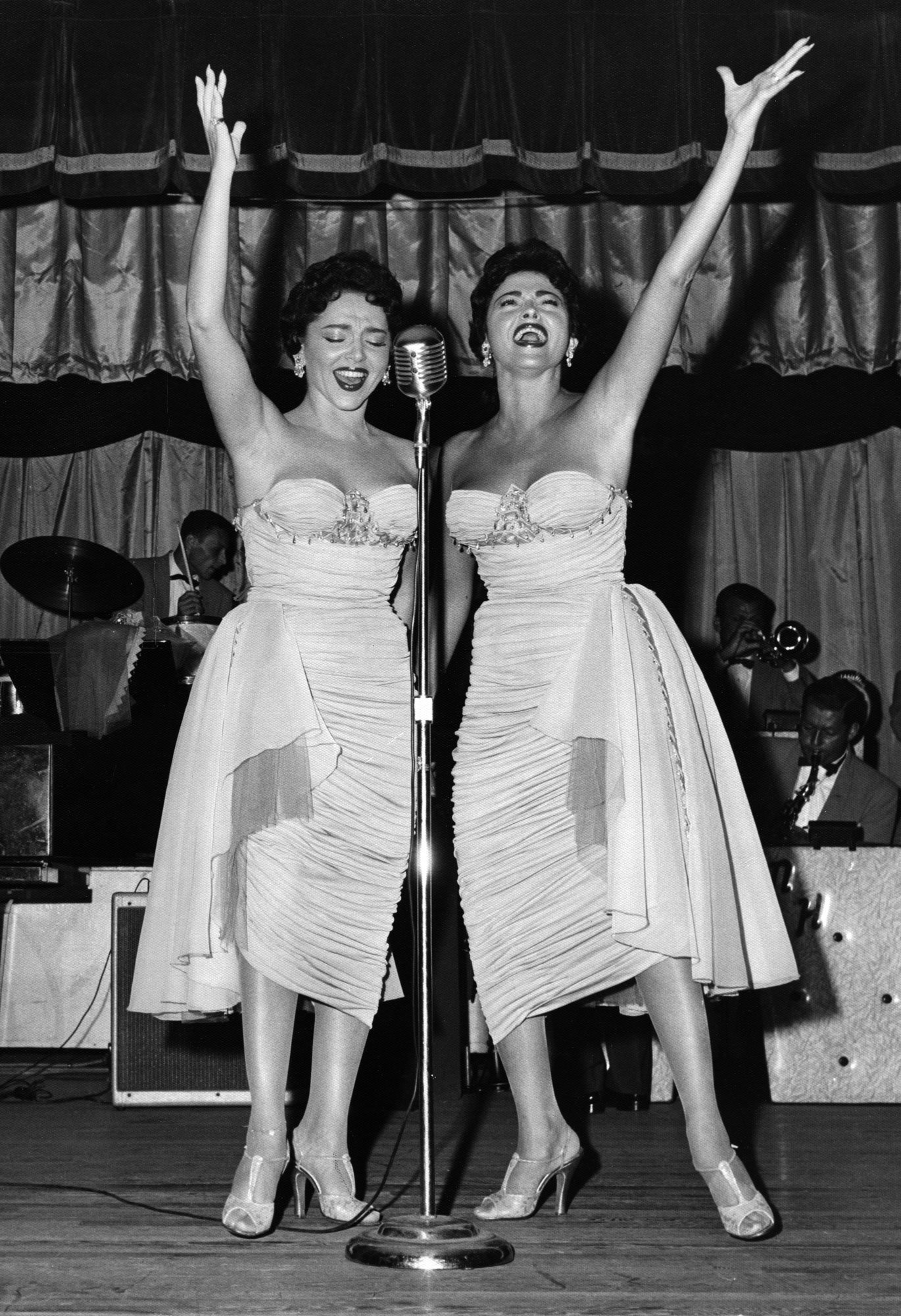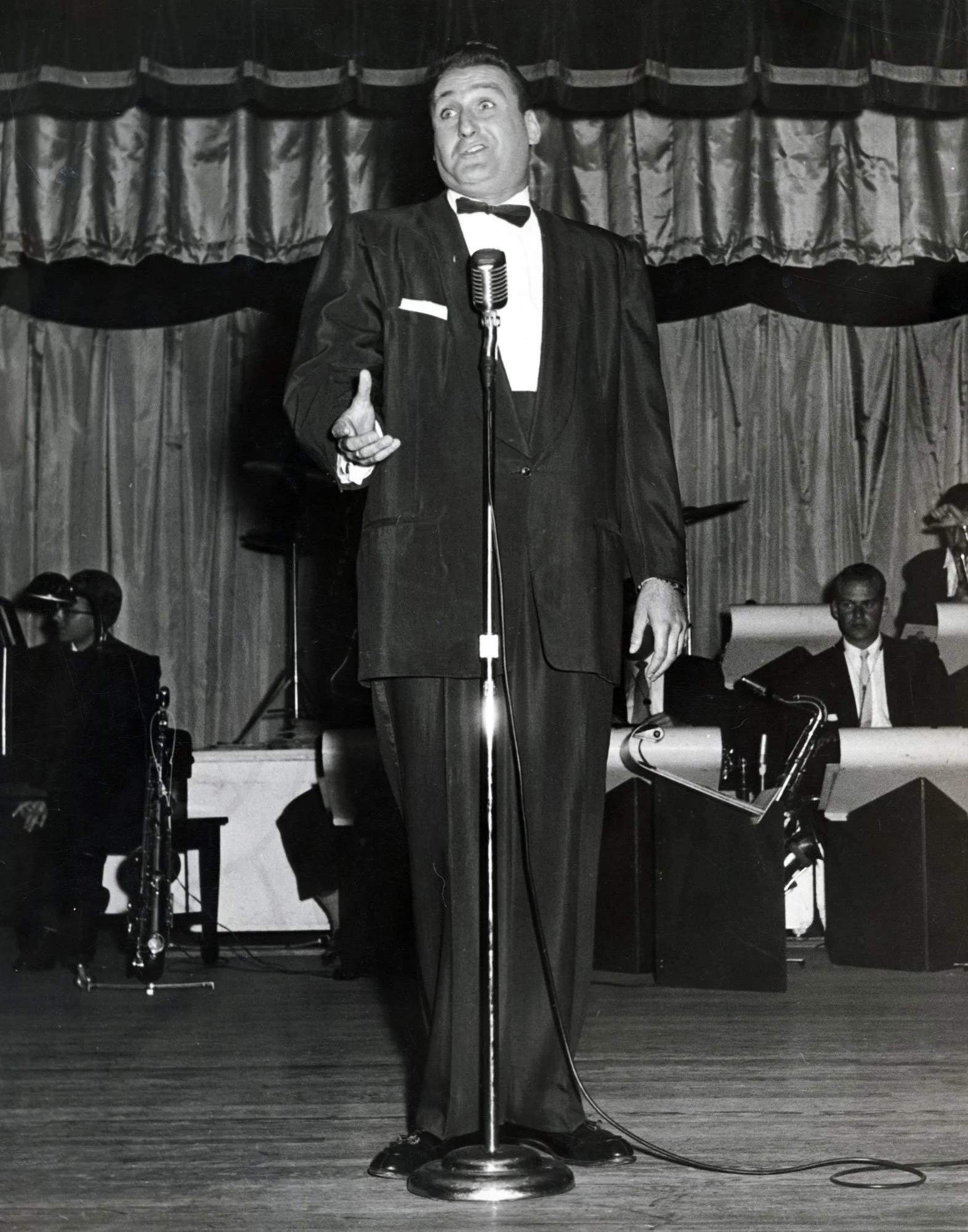HISTORY
“We’re going to the Mountains!”
For generations of Jews in the New York metropolitan area, there was no doubt about the location of those “mountains.” Less than 100 miles from the cramped, sweltering tenements of Manhattan’s Lower East Side was a lush patchwork of forests, farms and bustling rural towns that hosted a summertime population of nearly a million urban strivers hungry for the clean air, fresh food and familiar camaraderie that even a garment worker or cab driver could afford.
From the turn of the 20th century to the 1970s, more than 1,000 hotels, bungalow colonies, summer camps and boarding houses dotted the Catskill Mountains of southern New York. At first they came by train, and later, by bus and car along The Quickway, now known as Route 17.
A Proper Vacation
As Phil Brown, pre-eminent scholar of the era wrote it in his book Catskills Culture, these establishments were not just places to bed down for the night: they were miniature societies shaped by their urbanized visitors and the Yiddish language, music, humor and culinary customs they brought with them.
“They went to preserve cultural and religious affinities, escape the drudgery of the year’s hard work, and find romance.
“In the Mountains, Jews of Eastern European descent could become Americanized while preserving much of their Jewishness. In the Catskills resorts, they could have a proper vacation like regular Americans, but they could do it in a very Jewish milieu.”
The Borscht Belt
The region came to be called the Jewish Alps, Solomon County or more often, simply The Mountains. But another expression, the Borscht Belt, so-named for the hearty beet soup born in Eastern Europe, has had more staying power.
What began as a patchwork of Jewish-owned farms whose proprietors took in summertime boarders to make ends meet grew into a sprawling constellation of all-inclusive resorts, hotels and more modest bungalow colonies and kuchalayns – establishments with shared kitchens. The larger, more successful establishments like Kutsher’s, The Concord and The Nevele had thousands of rooms, nightclubs, indoor pools and ski slopes – and in the case of Grossinger's, its own airstrip and post office.
Entertainment Legacy
Entertainment became a vital draw and distraction, and by the 1950s and 1960s, the Borscht Belt had become a key way station on the American pop culture circuit, often uttered in the same breath as Broadway and Las Vegas. Name an American comedian of the previous century and they invariably cut their teeth in front of a tough Catskill audience, among them Woody Allen, Jerry Seinfeld, Sid Caesar, Joan Rivers and Jackie Mason. In fact, the edgy, in-your-face brand of stand-up familiar to anyone who watches “Comedy Central” or “Saturday Night Live” is a legacy of the Borscht Belt, where ribald audience interaction and raw self-deprecation drew the biggest laughs.
The Barry Sisters
Jack Wakefield
Leslie Uggams
Tony Curtis signs autographs at Grossinger’s.
Refuge in the Catskills
Jews were not the only marginalized group to find refuge in the Catskills. Irish and Italian-Americans built resorts to welcome their own. Peg Leg Bates Country Club and Utopia Lodge catered to African-Americans. Casa Susanna offered a safe space for LGBTQ people where they could escape fear and persecution.
End of the Resort Era
Then, seemingly out of nowhere, many of the hotels began to falter, and by the 1980s, all but a handful were gone. It’s hard to pinpoint a single factor in the resort era’s demise, but cheap airfares, air conditioning and an easing of the antisemitism that spurred the Borscht Belt’s creation all conspired against establishments that were barely profitable in the best of times. Assimilation also played a role. Younger Jews simply craved more “modern” forms of leisure that did not remind them of their immigrant parents and grandparents. As the flow of guests began to ebb, the cost of drawing top-notch entertainment, keeping lobbies up to date and guest rooms looking fresh became prohibitive.
Today, most of the big hotels have been demolished or swallowed by nature. A few have found new life among the expanding communities of Hasidic Jews. But the legacy of the Borscht Belt era lives on in the all-you-can eat buffet of a Carnival Cruise, the barbed quip of a stand-up comic and the very notion of the American vacation.
The Catskills Borscht Belt Museum is devoted to preserving and honoring this legacy, so sit back, savor that plate of chopped liver and stay tuned for more about this quintessential American story.
















